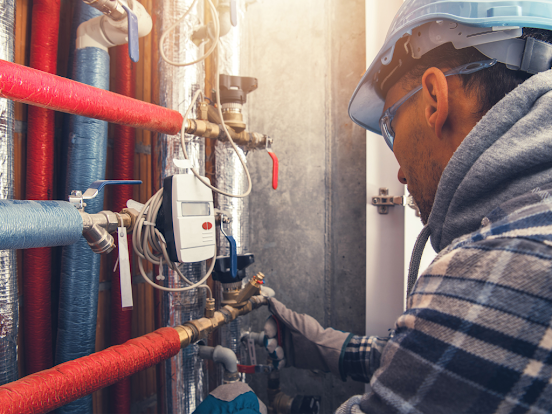Furnace pressure switches are pivotal in maintaining optimal performance and safety within HVAC systems. These devices are designed to monitor air pressure and ensure that the furnace operates within safe parameters. In this article, we will delve into the functionality of furnace pressure switches, their significance in HVAC systems, and how they contribute to heating systems' overall efficiency and safety.
Key Points:
Functionality of Furnace Pressure Switches:
Furnace pressure switches are safety devices that detect the presence or absence of air pressure in the combustion chamber. When the furnace starts, the pressure switch senses the pressure created by the draft inducer motor. The switch allows the furnace to continue operating if the pressure is within the specified range. If the pressure deviates from the norm, the switch interrupts the ignition sequence, preventing the furnace from operating, thereby ensuring safety.
Role in HVAC Systems:
Furnace pressure switches are integral components of modern HVAC systems, contributing significantly to their performance. By monitoring air pressure, these switches help maintain the correct conditions for combustion, ensuring efficient and safe operation. This prolongs the furnace's lifespan and reduces the risk of hazardous situations, such as carbon monoxide leaks.
Significance of Pressure Switches in Energy Efficiency:
Properly functioning pressure switches contribute to energy efficiency by preventing the furnace from operating under abnormal conditions. This ensures that the furnace burns fuel efficiently and minimizes energy wastage. As a result, homeowners benefit from lower energy bills and reduced environmental impact.
Common Issues and Troubleshooting:
Despite their importance, furnace pressure switches can face issues over time. Common problems include clogging, malfunctioning connections, or defects in the button itself. Regular maintenance and prompt troubleshooting can prevent these issues and ensure the continuous and safe operation of HVAC systems.
FAQs:
FAQ 1: How often should furnace pressure switches be inspected?
Answer: Regular inspection of furnace pressure switches is recommended at least once a year, preferably before the start of the heating season. This helps identify potential issues and ensures the button is in optimal condition for the colder months.
FAQ 2: Can a faulty pressure switch lead to safety hazards?
Answer: Yes, a malfunctioning furnace pressure switch can pose safety risks. Suppose the controller fails to detect proper air pressure. In that case, it may allow the furnace to operate under unsafe conditions, leading to issues such as incomplete combustion and carbon monoxide leaks. Regular maintenance and prompt replacement of faulty switches are crucial for safety.





No comments:
Post a Comment